Found Some Amazing Flavors in This Boney Fish Feast
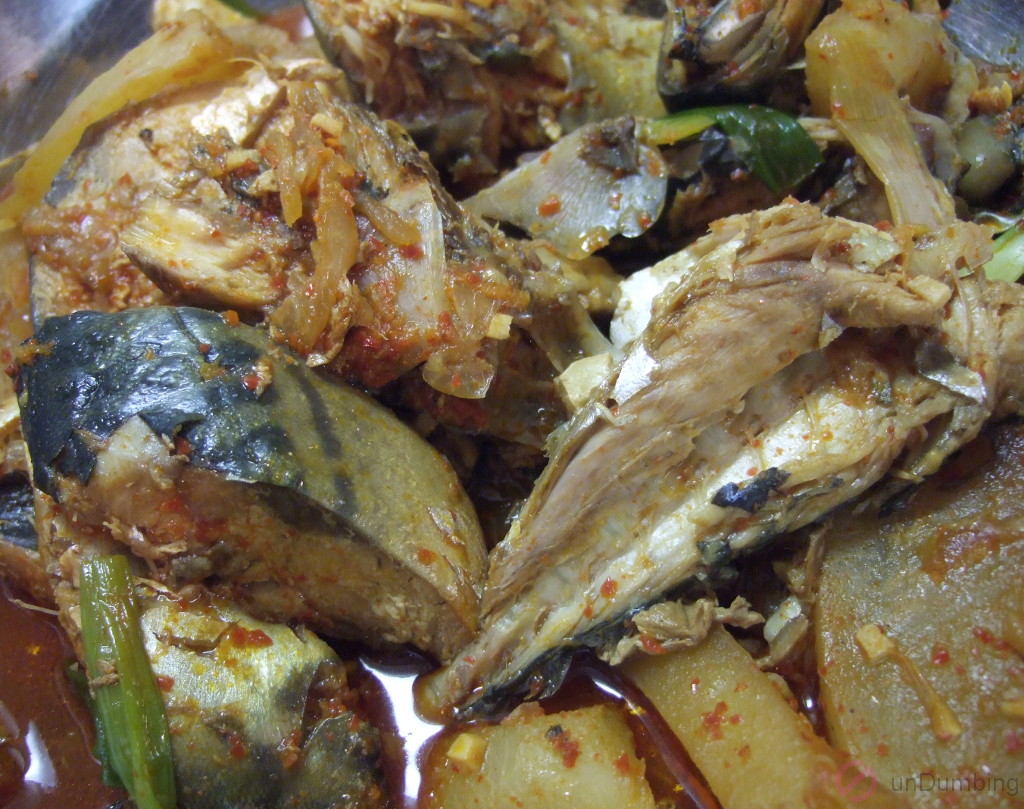
I discovered how good pepper paste with sesame oil is when I braised some fish with it. At times I even had a runny nose from the heat, but didn’t want to stop eating this new dish.
Below are some links to more details, including photos:
My Story
I’ve seen mackerel on sale at the nearby supermarket many times and wanted to buy some, but since I didn’t know how to cook it, I always abandoned this fish. However, one day, I decided to see what recipes were on the internet that I could save for the future.
Inspiring Recipe
What I settled on was, Korean Spicy Braised Mackerel, a recipe from Kimchi MOM, a site I referenced to make oxtail soup.
First Try
Though the recipe called for two fillets, the photos showed sections of whole fish instead, so I bought a couple of whole fish and had the fish monger cut them up. In addition, I had to buy a replacement container of gochugaru (Korean crushed red pepper).
After reviewing the recipe again when I got home, I realized that I had to make another trip to the market to buy an onion and a Korean radish or daikon.
Ingredients to Use
According to Mackerel Scomber scombrus Linnaeus 1758, a reference found at Merrymeeting Bay’s Cyber-Library, a 14″ mackerel weighs about 1¼ pounds in the fall when they are fat. Under this assumption, two fish would weigh 2.5 pounds. Since I had 2.20 pounds of mackerel, I decreased what I could for the remaining ingredients and used the following:
- 2 cloves of minced garlic
- 1 1/3 teaspoons of ginger*
- 2 1/2 tablespoons + 1/2 teaspoon of gochugaru
- 1/3 teaspoon of white granulated sugar
- 3 1/2 tablespoons of soy sauce
- 3/4 teaspoon + 1/8 teaspoon of sesame oil
- 27.04 ounces of Korean radish**
- 3 1/2 ounces of sliced onion***
- 5 stalks of green onion cut into 2-inch sections
- 9 ounces of water
*For the ginger, I grated it instead, so the texture would be smoother.
**As for the radish, I chose it over daikon because it was cheaper. Though I targeted one weighing 24.67 ounces based on the assumption in Wikipedia that this root weighs about 28 ounces, the one that I purchased was the closest in weight.
***Lastly, I based my conversion for the onion on a chart in the article, What Size are Small, Medium and Large Onions and How Much Does Each Yield Chopped?, from CulinaryLore’s website.
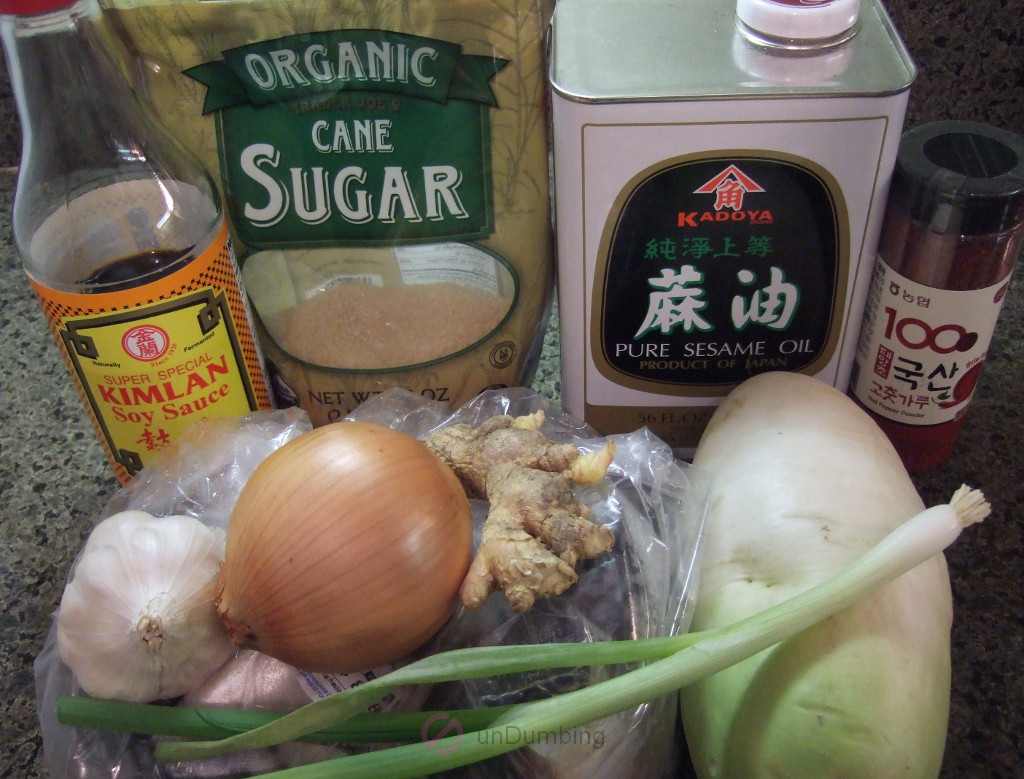
Steps to Prepare
Of the six steps in the instructions, I only tweaked Steps 4 and 5 as follows:
- Step 4 – I used a saucepan instead of a braiser due to availability. In addition, I didn’t want to overcook the fish, so I simmered it for five minutes less for a total of 25 minutes.
- Step 5 – For the high simmer, I also cut the time down to 9 minutes from 10-15 minutes to keep the meat tender.
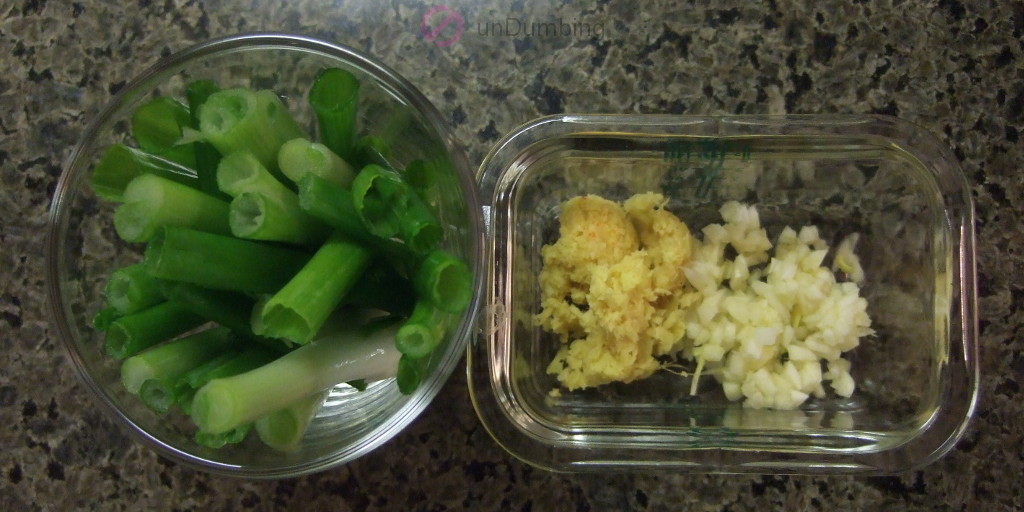
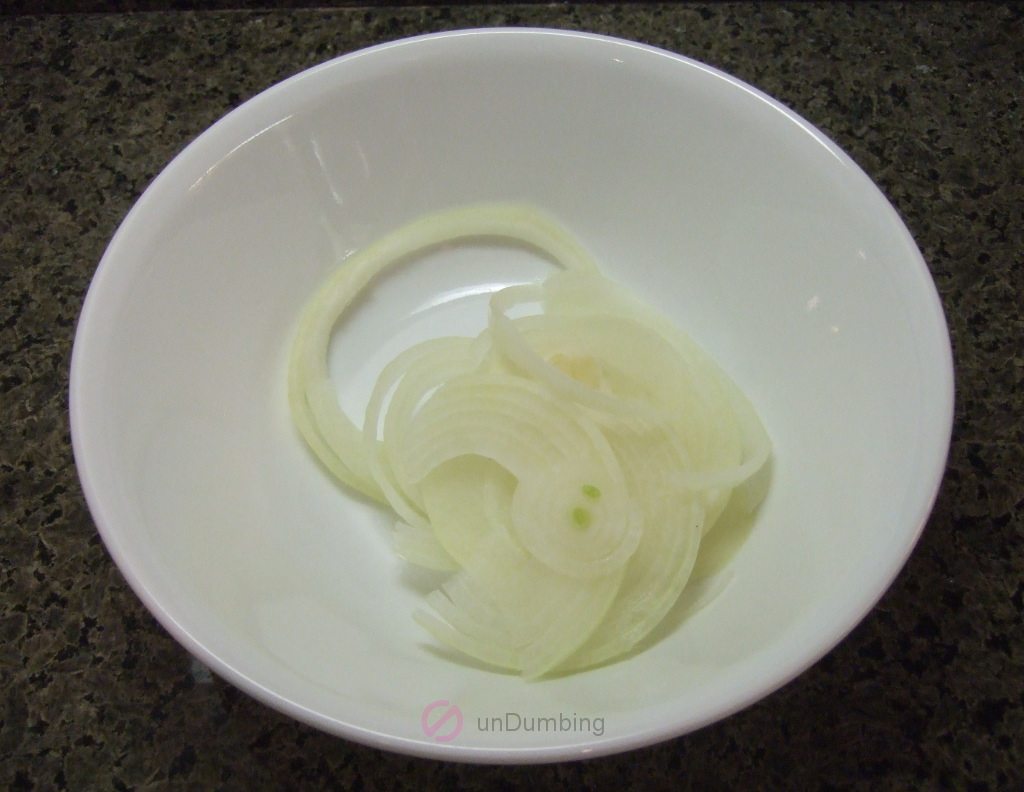
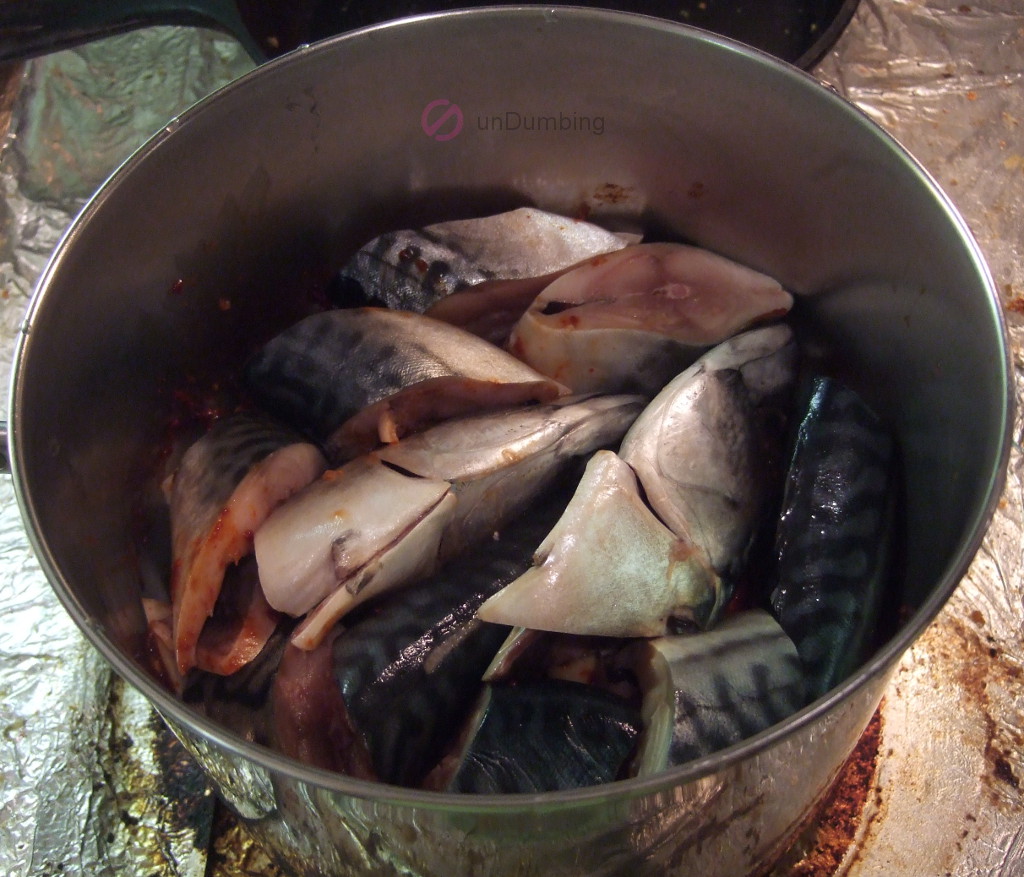
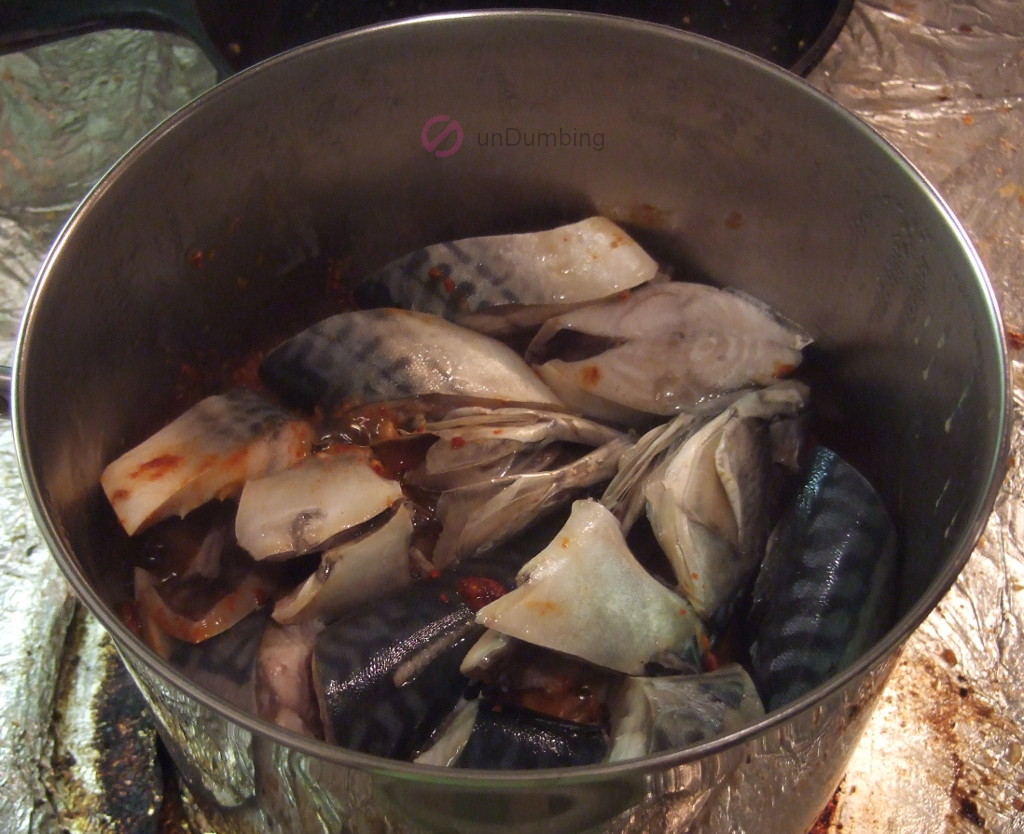
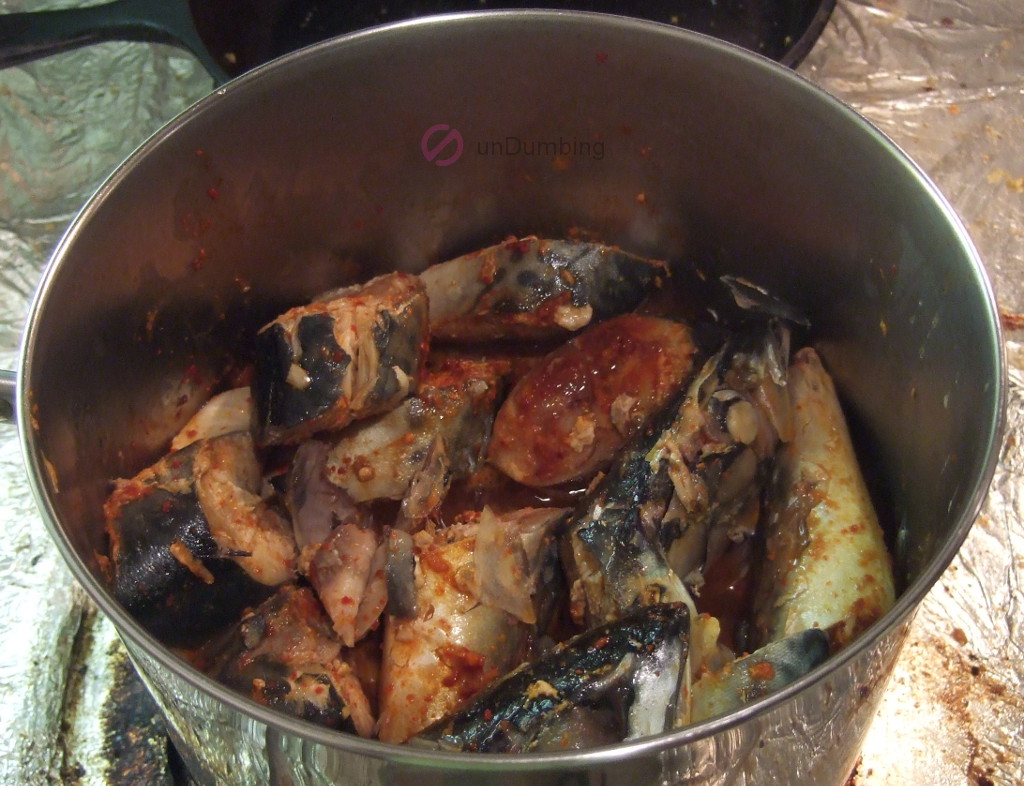
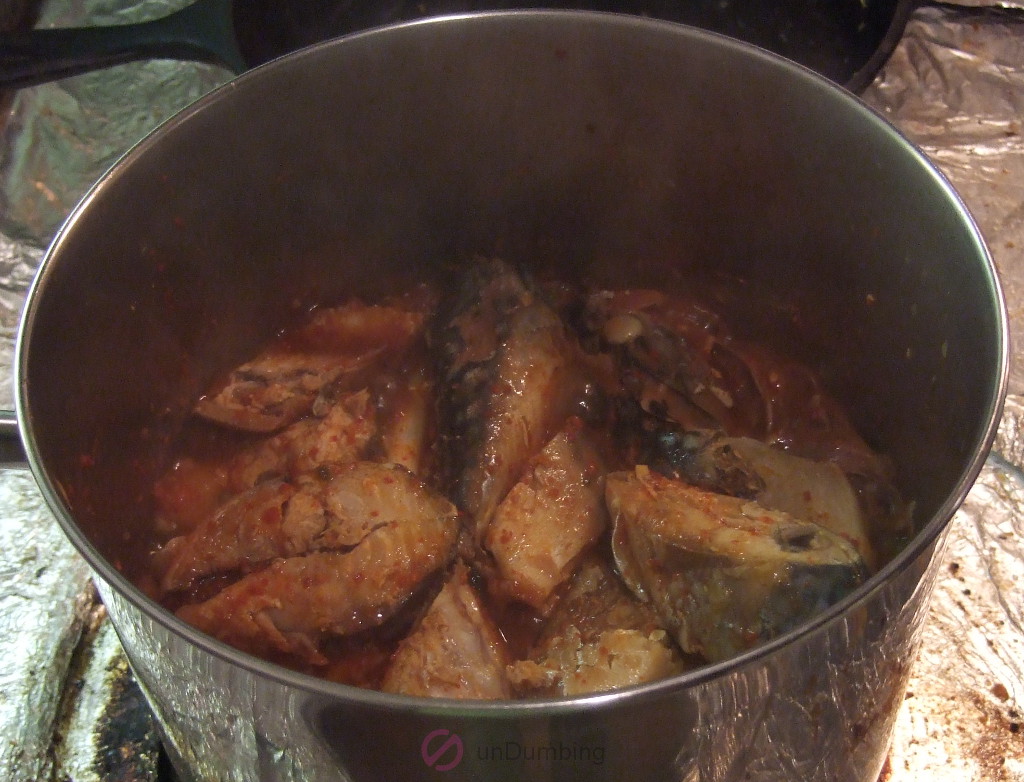
Time to Eat
Before biting into the fish, I was hoping that the meat was cooked just right.
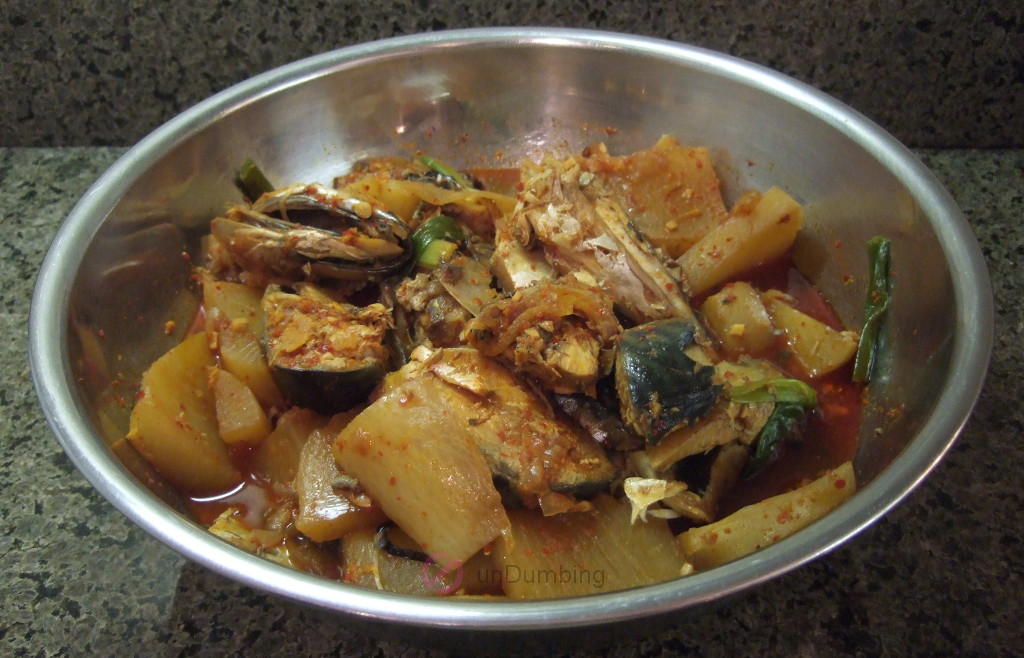
Recipe Rating
Below were the results of the recipe after the first try:
| Number of Ingredients | Effort (Low🤏, Medium🤏🤏, High🤏🤏🤏) | Cost per Serving (<$2💰, $2-5💰💰, >$5💰💰💰) | Taste (Not for me🤔, Trying Again🙂, Eating Regularly😋) |
|---|---|---|---|
| 1️⃣1️⃣* | 🤏 | 💰💰 | 🙂 |
Though I was not crazy about the bitter radish, I loved the spicy and salty pepper paste with the nutty sesame oil accompanying the strong flavor from the mackerel. Though it took some time to pick out the bones in the fish, the meat texture was just right.
From my younger son’s perspective, he said that the dish tasted good, but it was the boniest fish he’d ever had!
Second Try
During the second attempt, my goal was to replicate the tenderness of the fish.
Ingredients to Use
For the second round, I bought two fish and had them cut up like before. Though I didn’t note how thick they were last time, this time the chunks were 2-3 inches thick. With the total weight of the fish being 2.32 pounds, slightly more than before, I increased some of the remaining ingredients by a little, as follows:
- 2 cloves of minced garlic
- 1 1/3 teaspoons of ginger
- 2 1/2 tablespoons + 3/4 teaspoon + 1/8 teaspoon of gochugaru
- 1/3 teaspoon + 1/8 teaspoon of white granulated sugar
- 3 1/2 tablespoons + 1/2 teaspoon + 1/8 teaspoon of soy sauce
- 3/4 teaspoon + 1/8 teaspoon of sesame oil
- 26.88 ounces of Korean radish*
- 3.7 ounces of sliced onion
- 5 stalks of green onion cut into 2-inch sections
- 9 ounces of water
*I planned to get a radish that was 26 ounces, but could only find one that was a little heavier.
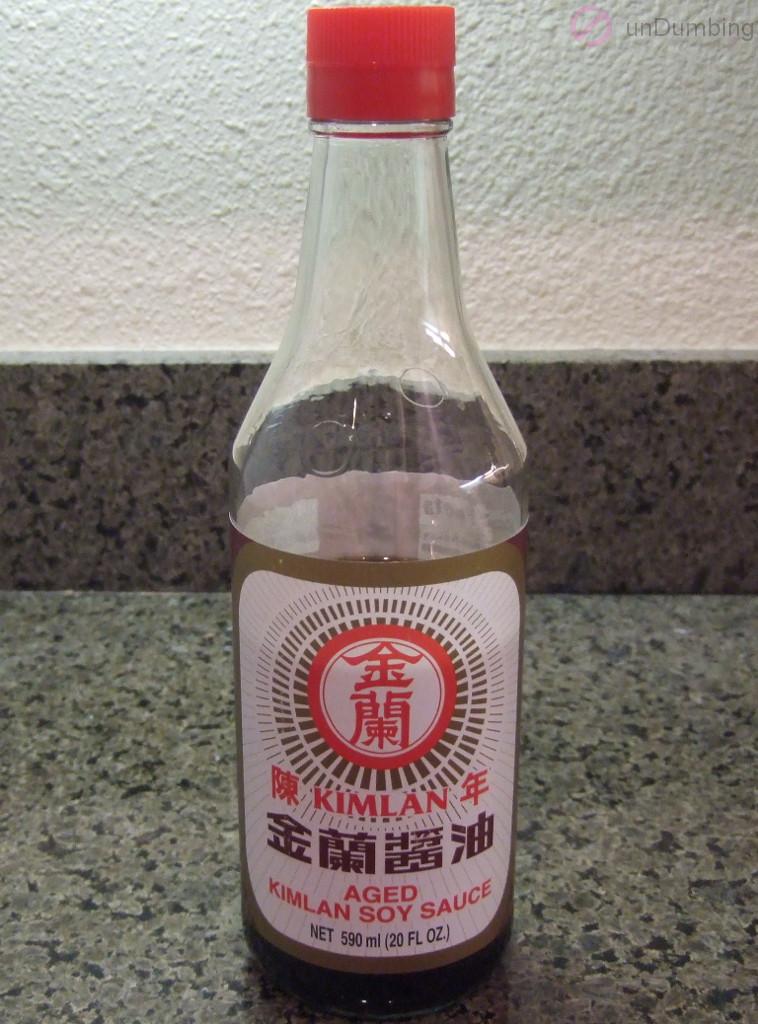
Steps to Prepare
For second batch, I repeated the process that I took before, but followed the instructions closer for Steps 4 and 5. For these two steps, I simmered the ingredients for 30 minutes and 10 minutes, respectively.
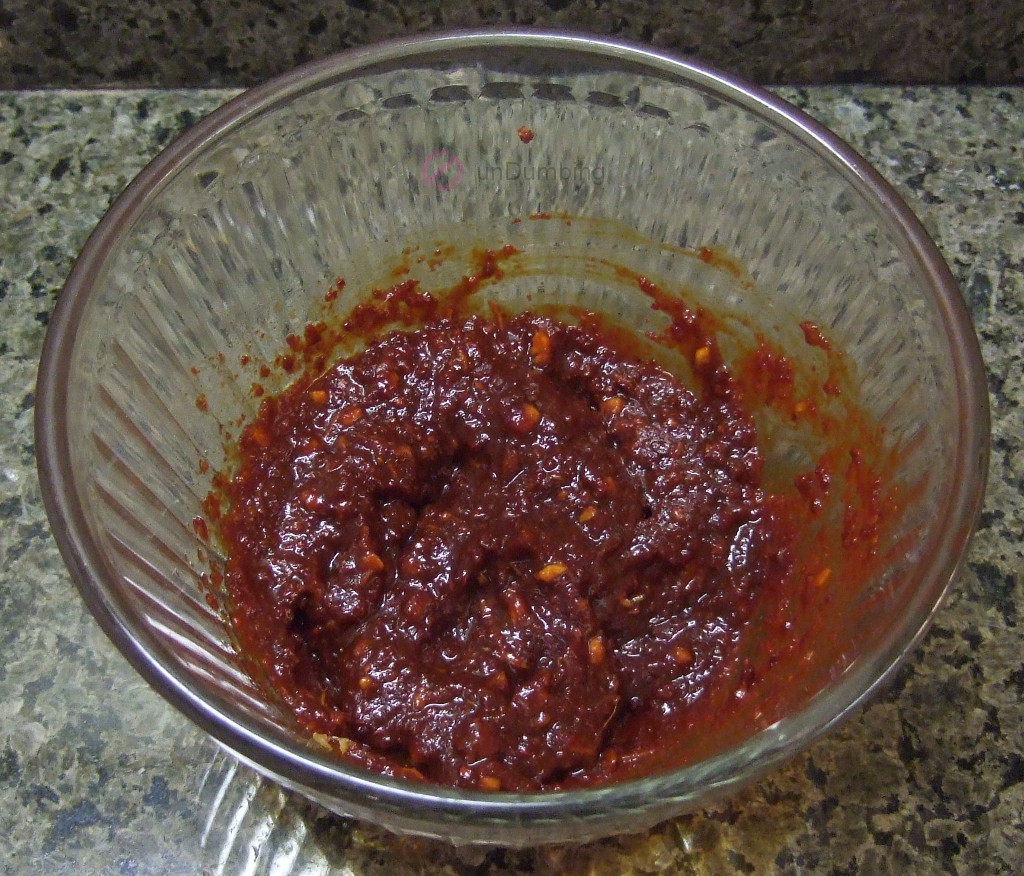
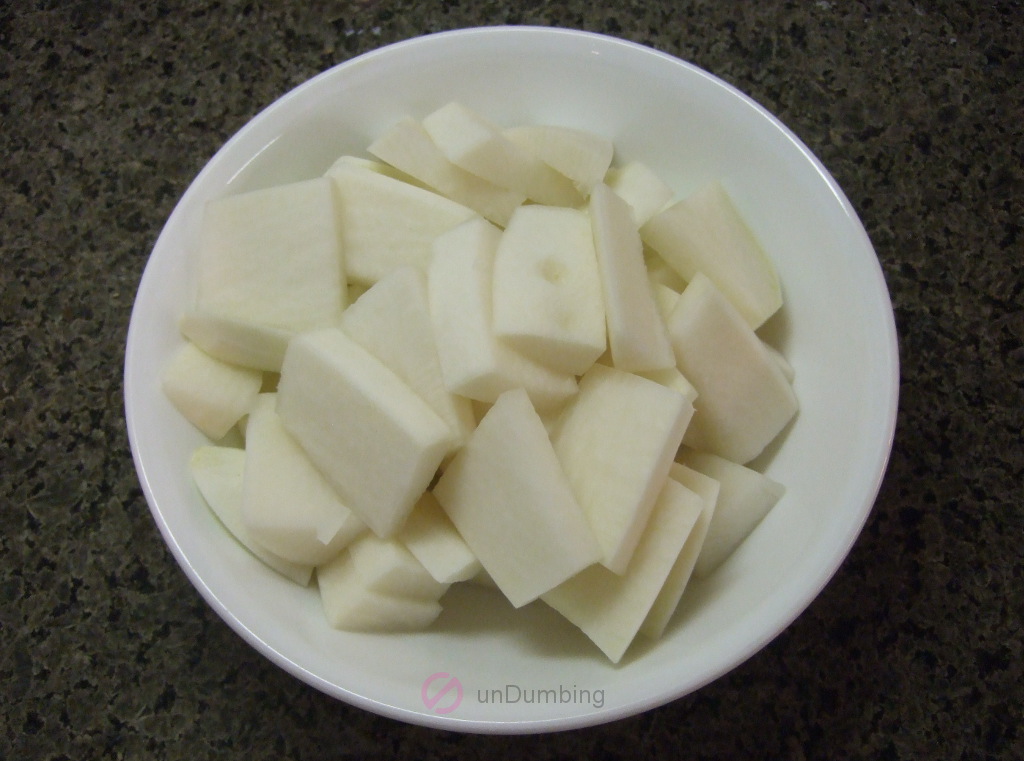
Time to Eat
I couldn’t wait to try the braised mackerel again!
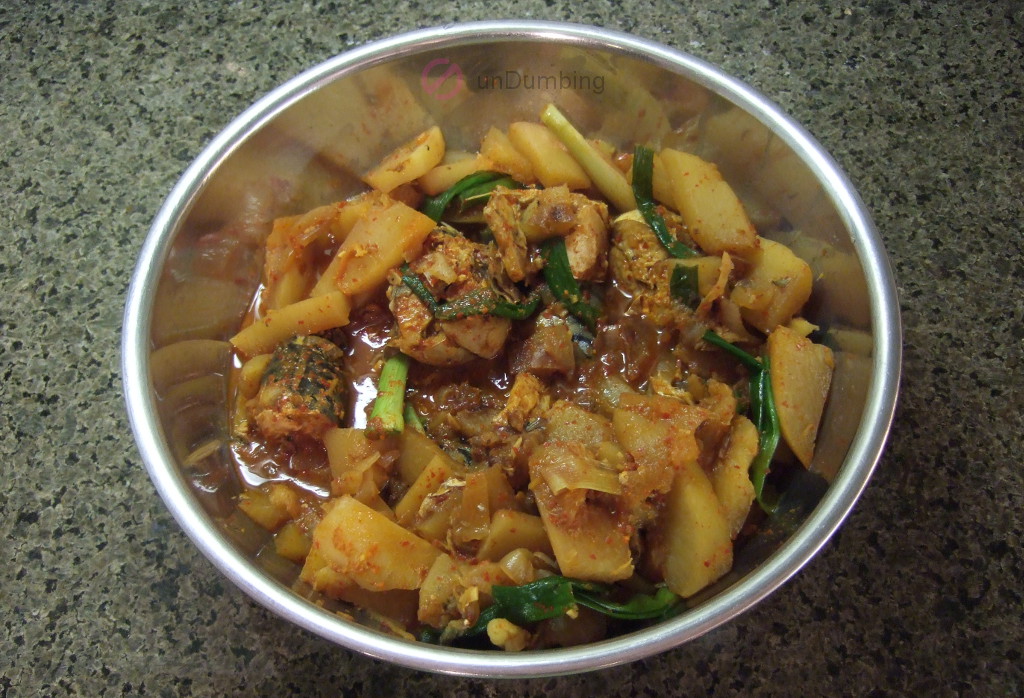
Recipe Rating
Below are the results of the recipe from the second attempt:
| Number of Ingredients | Effort (Low🤏, Medium🤏🤏, High🤏🤏🤏) | Cost per Serving (<$2💰, $2-5💰💰, >$5💰💰💰) | Taste (Not for me🤔, Trying Again🙂, Eating Regularly😋) |
|---|---|---|---|
| 1️⃣1️⃣* | 🤏 | 💰💰 | 🙂 |
I enjoyed the flavor of this dish again, but unfortunately, the fish meat was a little tougher.
Since fish cooks really fast, I will try the following next time:
Continuous Improvement
- Use the same ratio when adjusting the cooking time as the one used to modify the amount of ingredients.
Having tried fish with varying amounts of bones, I found that the ones with lots of bones have the best flavor and most delicate meat, so I would like to share the following with my younger self:
Lesson for Dumber Self
- Don’t shy away from boney fish!
What will you do now?
Next Step for You
- Try Korean Spicy Braised Mackerel, a recipe from Kimchi MOM?
- What’s your favorite boney fish?
- Read another post on this site? (Go to the menu at the top of the page.)
